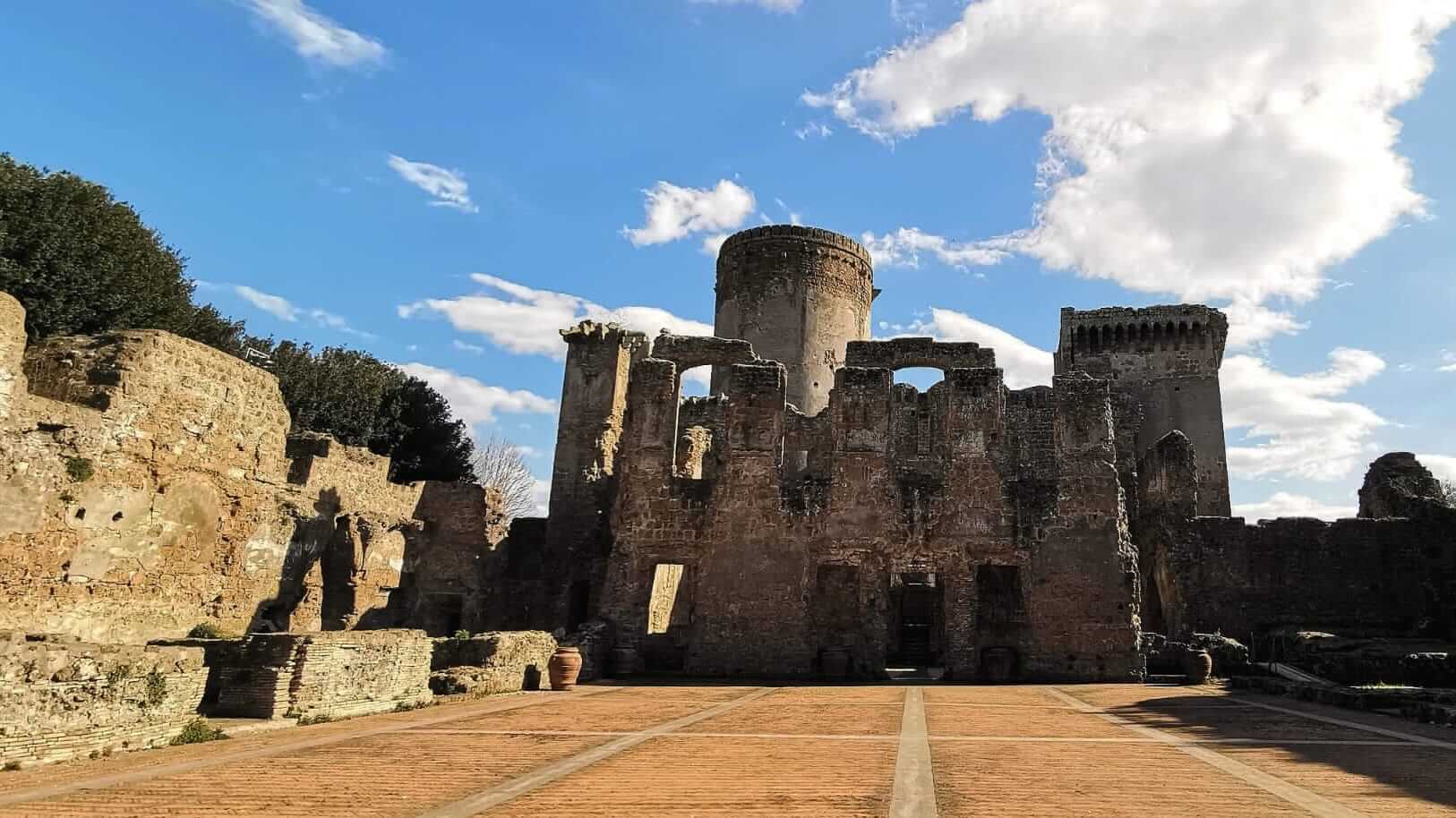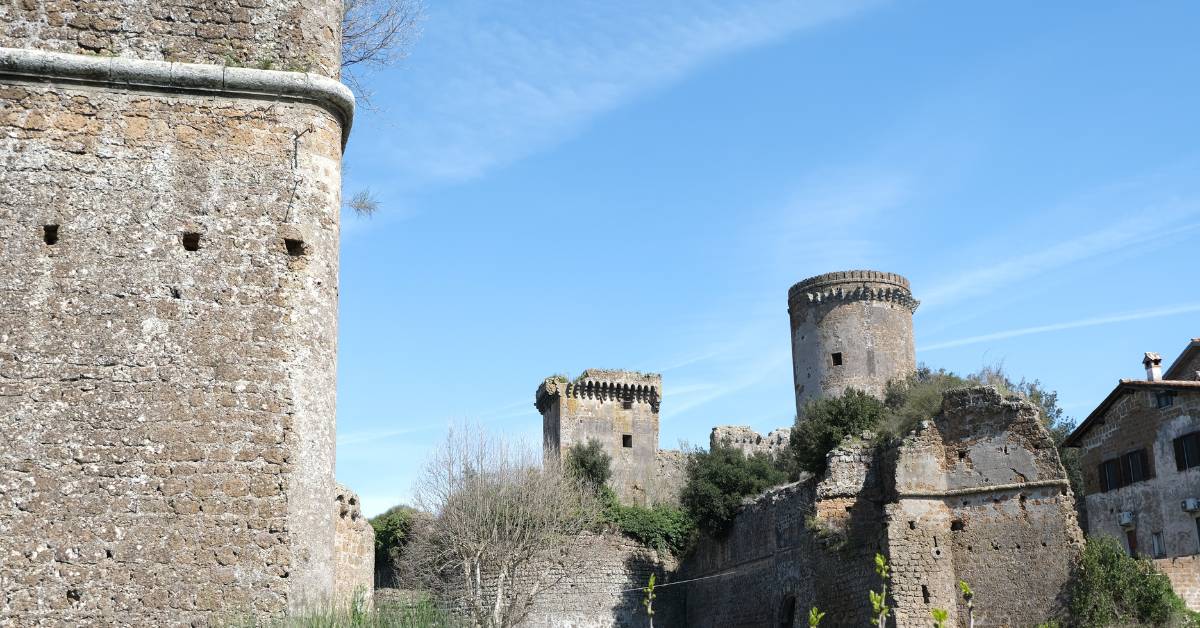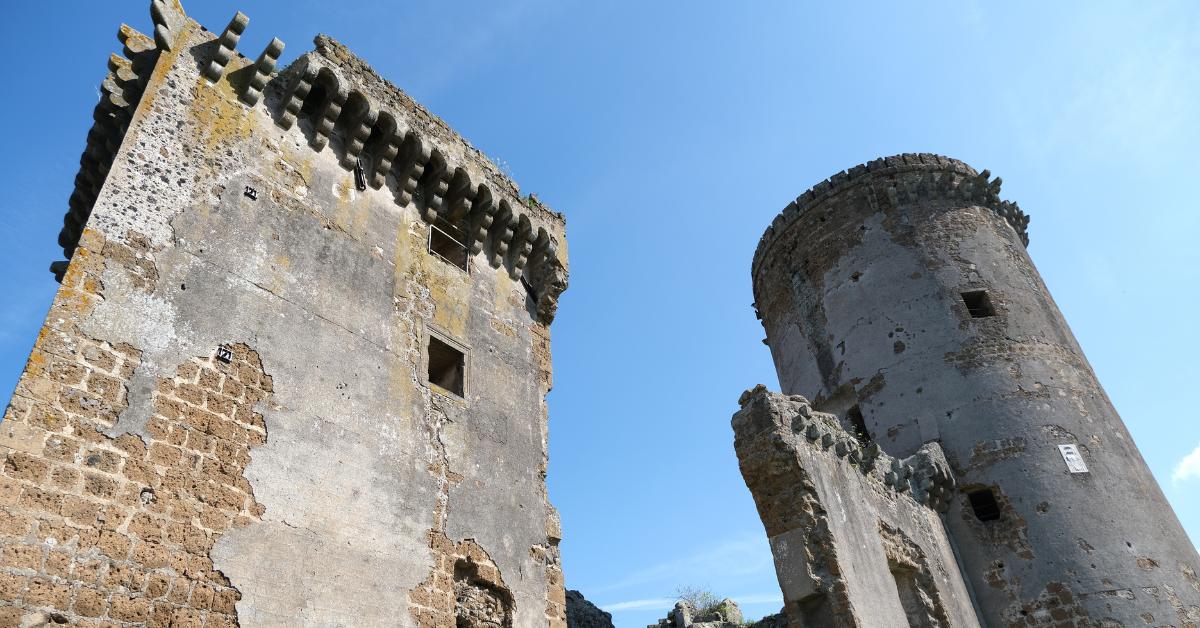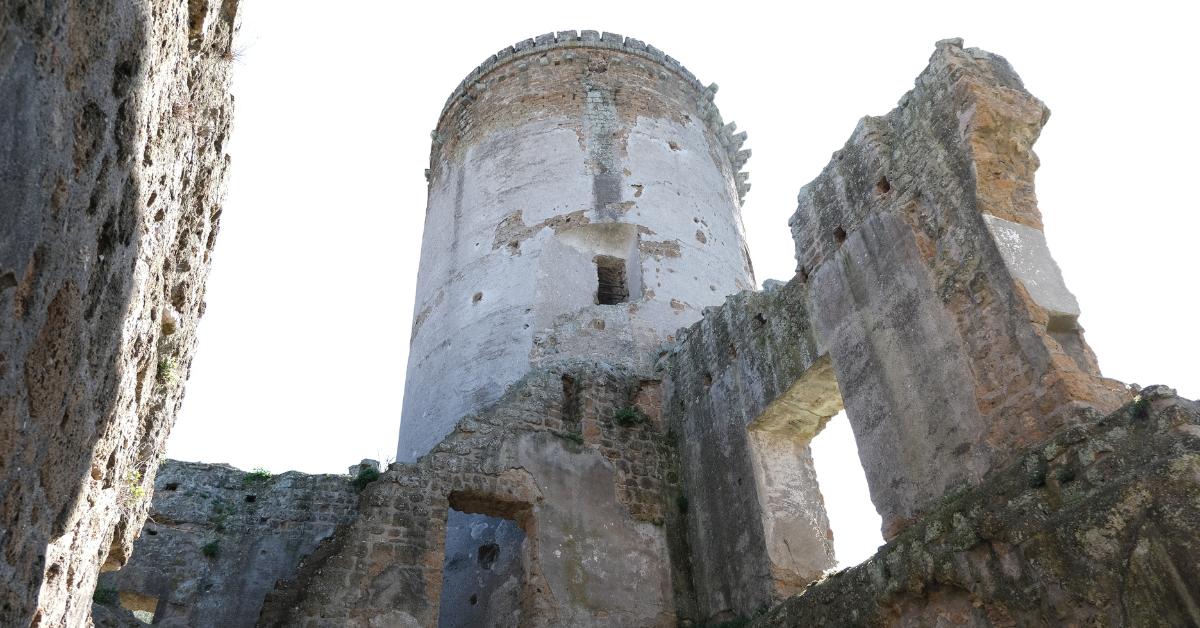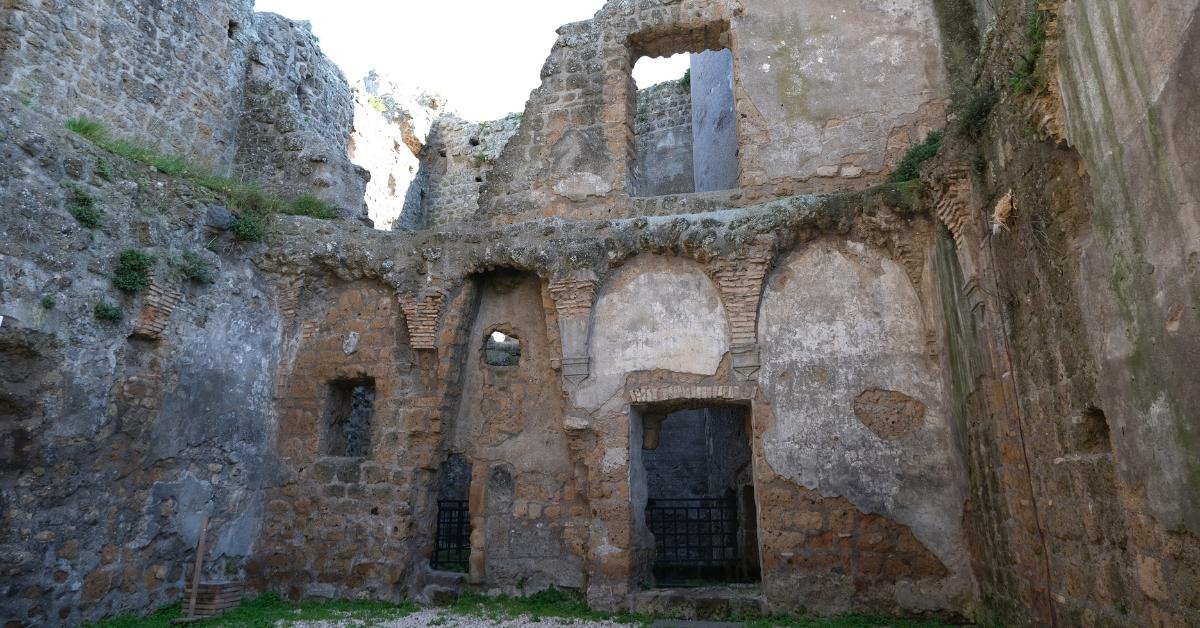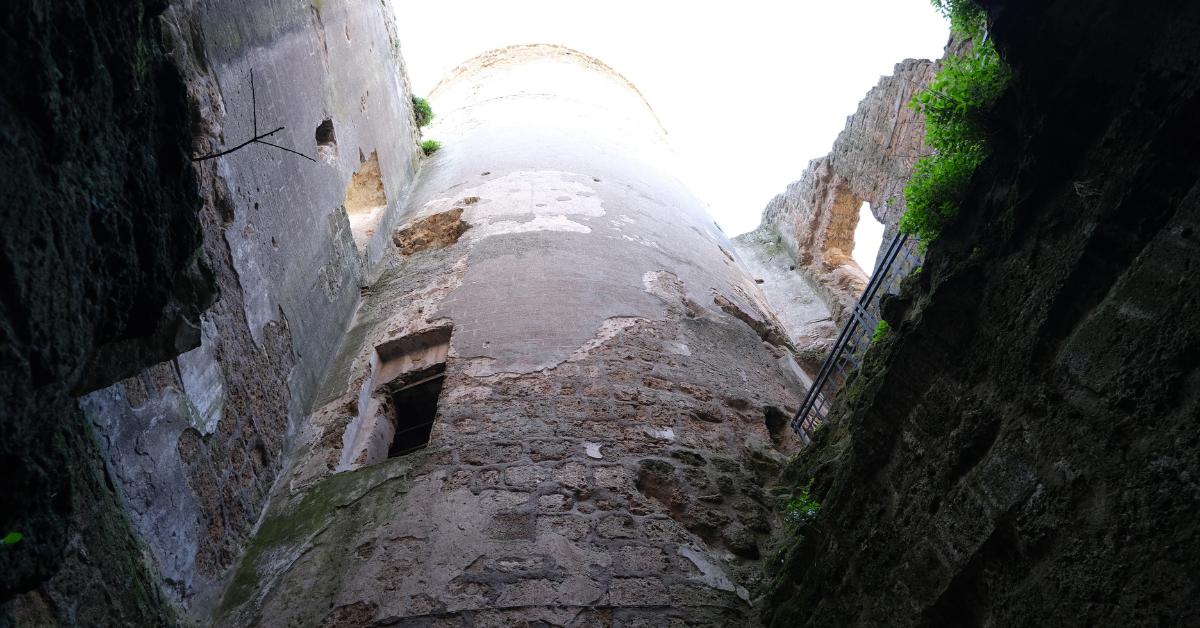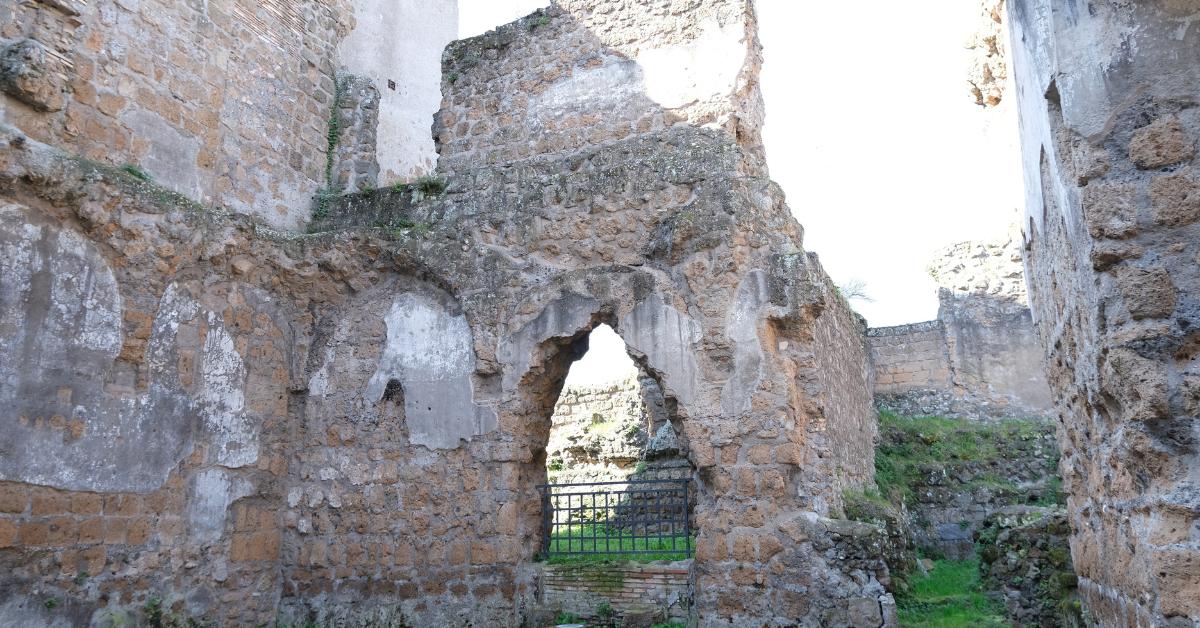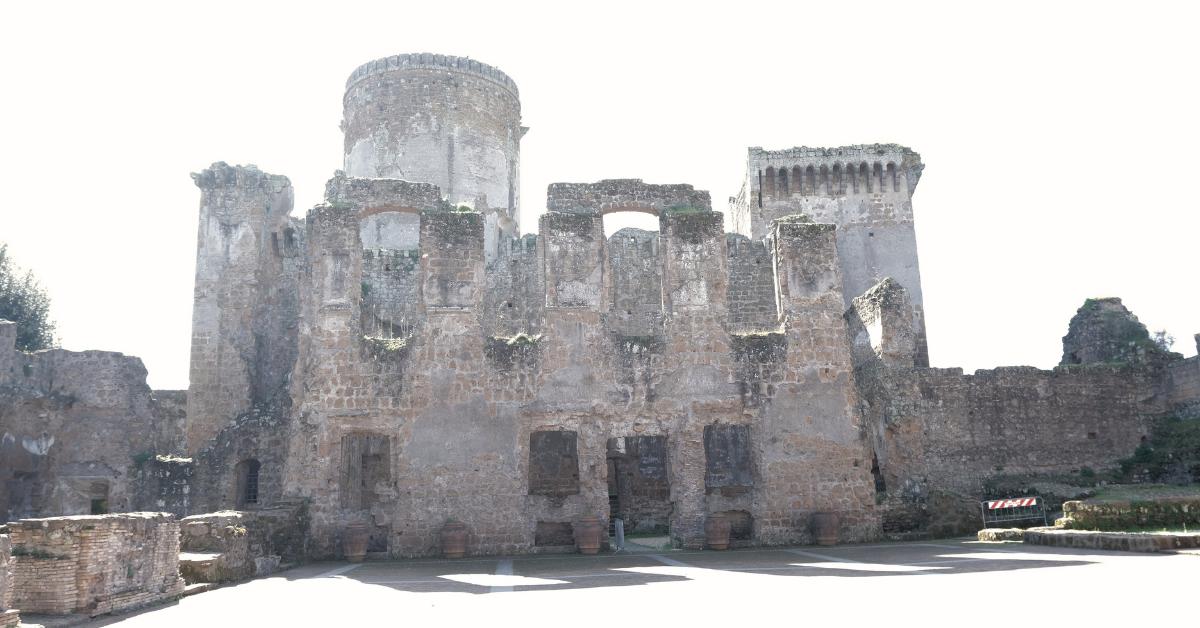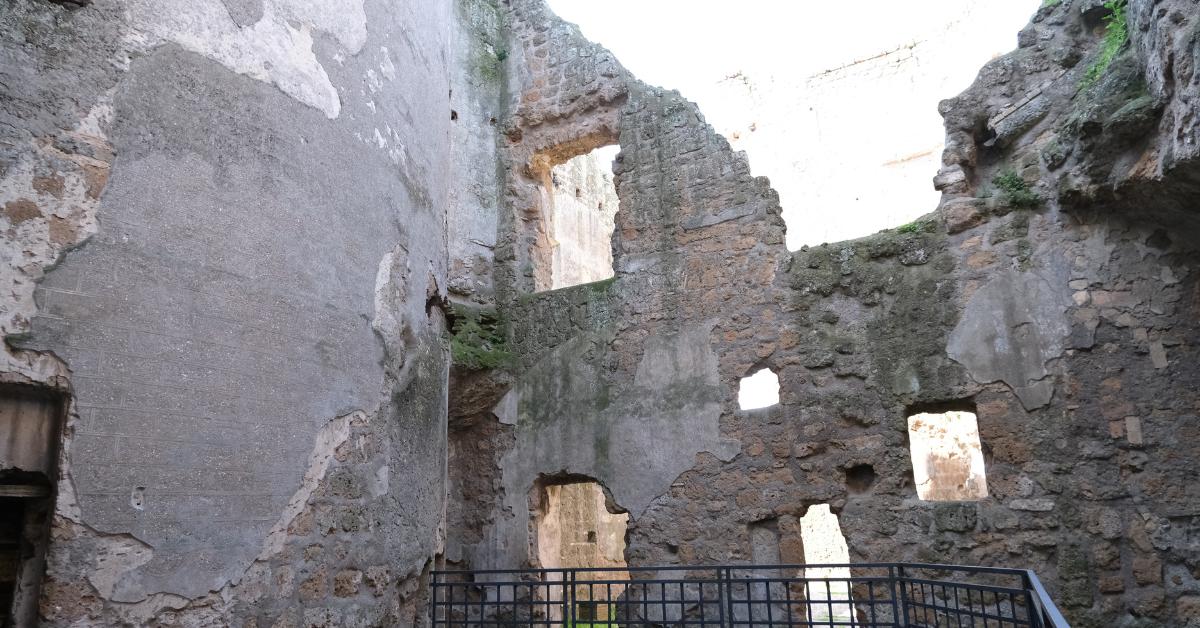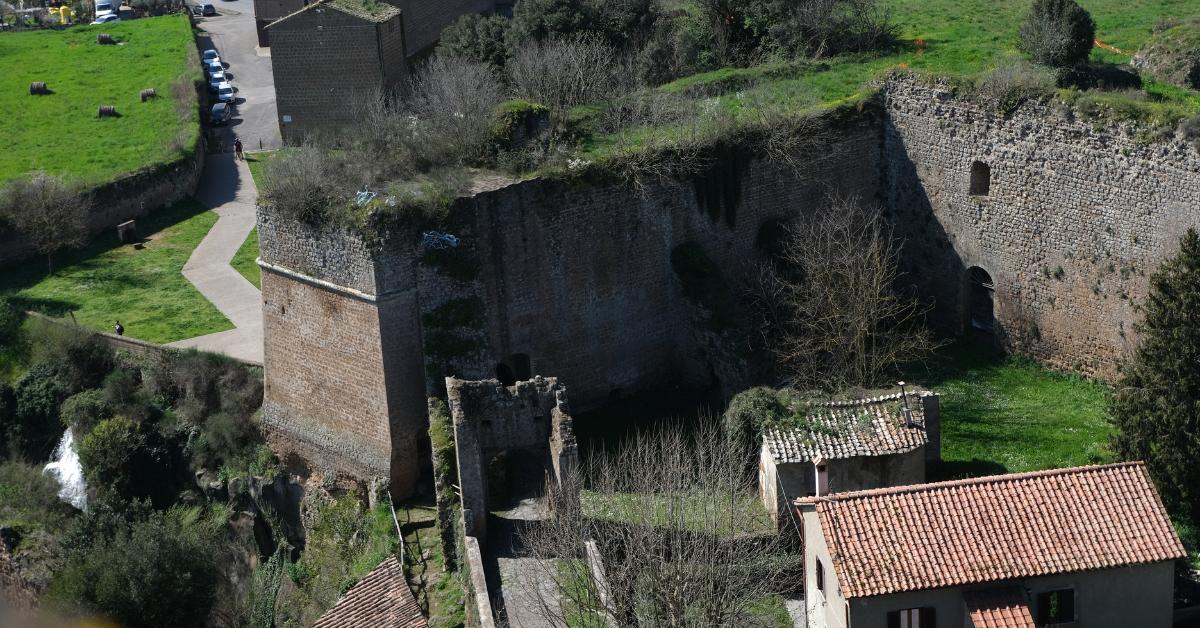The Borgia’s Castle is undoubtedly the most important monument in Nepi. A silent witness to distant eras and a crossroads of civilizations, this fortress continues to captivate visitors and scholars with its millennia-old history and majestic architecture. On this page, we invite you on a renewed journey to discover the Rocca of Nepi, exploring its ancient roots, the Renaissance chapters with the Borgia family, the modifications introduced by the Farnese, and its revival to the present day.
Ancient Roots and Historical Continuity
The Rocca di Nepi, affectionately known as the “Forte dei Borgia,” is built upon a glorious past that dates back to the 8th century BCE. Its strategic position along the Via Amerina has always played a pivotal role in its history. The original core of the fortress rests on a Roman fortification, preserving within it the Roman-era city gate—a unique testament to Nepi’s enduring historical continuity.
The Borgia Era: An Architectural Renaissance
The Renaissance was a time of profound transformation for Nepi, especially under the influence of the Borgia family. Rodrigo Borgia, who became Pope Alexander VI, ushered in an era of expansion that transformed the fortress into a symbol of power and grandeur. The modifications made between 1479 and 1483 under the guidance of Antonio da Sangallo the Elder, along with subsequent residential expansions, reflect the unbreakable bond between the fortress and the Borgia family, further enhancing the complex with remarkable architectural works of great significance.
The Farnese and Fortification Innovation
The arrival of the Farnese family in the 16th century marked another crucial chapter in the history of the Fortress. Under Pope Paul III, the design of the outer bastions by Antonio da Sangallo the Younger represented the pinnacle of Renaissance fortification techniques, providing Nepi with one of the most imposing and impregnable walls of the era.
From Abandonment to Rebirth
Despite the gradual decline in the centuries that followed, the end of the 20th century marked the beginning of a slow yet steady rebirth. Thanks to the combined efforts of the local community and meticulous restoration work, the Rocca di Nepi was restored to its former glory, once again becoming a symbol of history and culture open to the public.
Today, the Rocca di Nepi stands as a unique monument, encapsulating centuries of Italian history. Its structure, the result of historical and architectural layers, invites visitors on a journey through time, offering the opportunity to immerse themselves in the complexity of the past and appreciate the legacy of wars, alliances, and cultural renaissances.
The Structure of the Borgia Fortress of Nepi: A Journey Through Time
The Borgia Fortress of Nepi stands as one of the most captivating and historically rich monuments in central Italy. With its deep-rooted history, this fortress offers visitors a true journey through time, from ancient Rome to the Renaissance and into the present day. Below is a detailed yet accessible description of its complex structure.
The Original Core
The heart of the Rocca di Nepi is built upon a pre-existing Roman fortification, intended to defend the western side of the settlement. Beneath the castle, a “subterranean” area houses an ancient Roman city entrance, featuring a majestic arch made of peperino stone, supported by pilasters made of tuff blocks. This arch, with a full Roman curve and consisting of 15 voussoirs, stands as a testament to the greatness of Roman engineering and marks the start of the ancient Via Amerina route within Nepi.
Byzantine and Medieval Evolution
Although historical sources mention Nepi as a fortified center during the Byzantine era, the structures from this period are no longer identifiable today. However, the construction of a trapezoidal tower between the 12th and 13th centuries marks the expansion of the fortress, forming what would become the core of the medieval stronghold.
The Borgia Period
The election of Alfonso Borgia to the papacy in 1455 marked the beginning of an era of significant urban development for Nepi. It was during this period that the “round tower” was first mentioned, and major expansion works were initiated under the direction of Antonio da Sangallo the Elder. These works, primarily carried out between 1479 and 1483, transformed the fortress by adding residential spaces and giving the structure a more noble appearance, in preparation for its donation to Lucrezia Borgia.
The City Walls and Subsequent Modifications
Before the works commissioned by Rodrigo Borgia in 1499, a rectangular city wall, likely defended by four circular bastions, was probably built. This wall served to enclose and protect the original core of the fortress. With the construction of the new entrance gate, now known as Porta Borgiana, the ancient entrance beneath the trapezoidal tower was sealed, symbolizing the transition to a new era for the fortification.
The Farnese Era and Architectural Innovations
The arrival of the Farnese family in the 16th century brought further changes, with Pope Paul III commissioning Antonio da Sangallo the Younger to design an imposing city wall. This structure, featuring two polygonal bastions, transformed the Borgia Fortress into the core of a larger defensive complex, marking the pinnacle of Renaissance fortification innovation in Nepi.
Despite the gradual decline that followed, culminating in the fire of 1798, the Borgia Fortress of Nepi has managed to retain its charm and historical significance. Today, after careful restoration work, it stands as a living testament to the various eras it has endured, offering visitors the opportunity to immerse themselves in the history and architecture of one of Italy’s most significant monuments.
Invitation to Discovery
We invite you to explore the Rocca di Nepi, not just as a simple monument, but as a guardian of Italy’s rich cultural and historical heritage. Nepi and its fortress are waiting to reveal a story that stretches back to the dawn of time, promising an unforgettable experience that intertwines beauty, history, and inspiration. The Rocca di Nepi is not just a place to visit, but a living chapter of history to be discovered and fully experienced. We look forward to welcoming you to Nepi, to share together the magic of this extraordinary cultural heritage.
Opening Hours
Saturday and Sunday: 11:30 AM and 4:30 PM (from May 1st to September 30th); 11:30 AM and 3:00 PM (from October 1st to April 30th).
Guided tours can be booked by contacting the Civic Museum of Nepi, also through the contact form available on this site under the “Contacts” page.
Location
Via Enrico Galvaligi, Nepi (VT)
